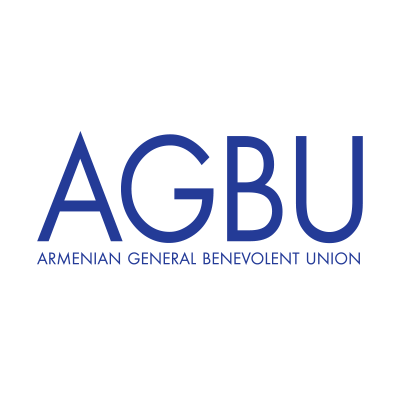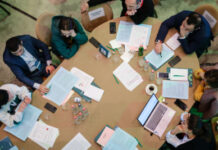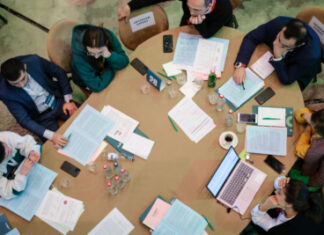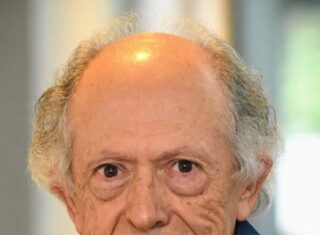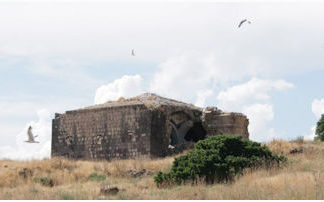By Aram Arkun
Mirror-Spectator Staff
BOSTON – The National Association for Armenian Studies and Research (NAASR), with the cosponsorship of the Northeastern University Armenian Students Association, presented a panel discussion on Karabagh on February 12 moderated by Professor Anna Ohanyan at Northeastern’s student center. Different personal perspectives of Armenian discussants with varying connections to the region made for an accessible and informative event. The sizable audience of approximately 110 included both a good number of students as well as older individuals from the Boston area Armenian community.
After a welcome from the vice president of the Northeastern student club, Ani Semerdjian, and master of ceremonies Marc Mamigonian, Director of Academic Affairs of NAASR, a video from Northeastern University president Joseph Aoun, was screened. Aoun declared that he had Armenian friends while growing up as a youth in Lebanon, and so learned all about the Armenian soccer teams there. He encouraged the students to simultaneously celebrate their Armenian roots and American identities, and said they were sending the world a message — that no matter where the students lived now, they continued to care about Armenians and Armenian issues.
Dr. Simon Payaslian, holder of the Charles K. and Elizabeth M. Kenosian Chair in Modern Armenian History and Literature at Boston University, provided a short historical overview of Nagorno-Karabagh or Artsakh from ancient times to the present, accompanied by PowerPoint slides.
Ohanyan concisely described the recent shift of the situation in Karabagh from what many observers called a frozen or low-intensity conflict to a more active one, with a greater number of frontline deaths last year and heavy military buildup. It has become a frontline for the new conflict between Russia and the West. For the rest of the program, she directed a series of questions on Karabagh to four panelists.
